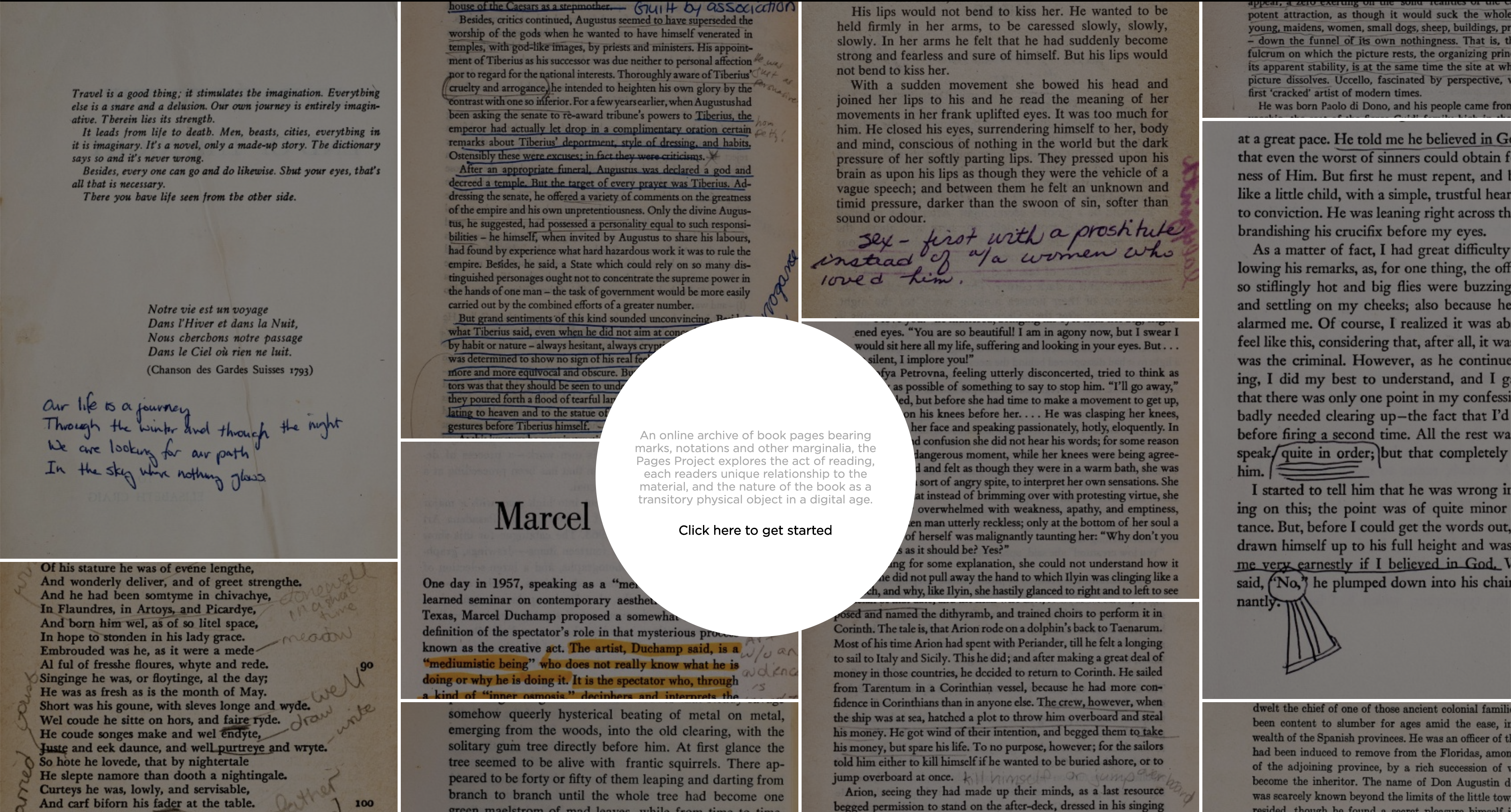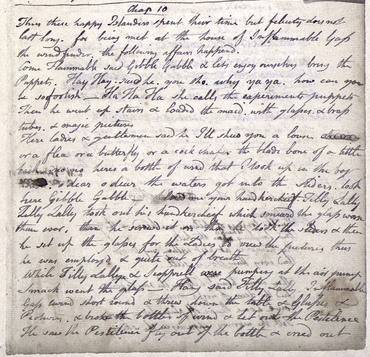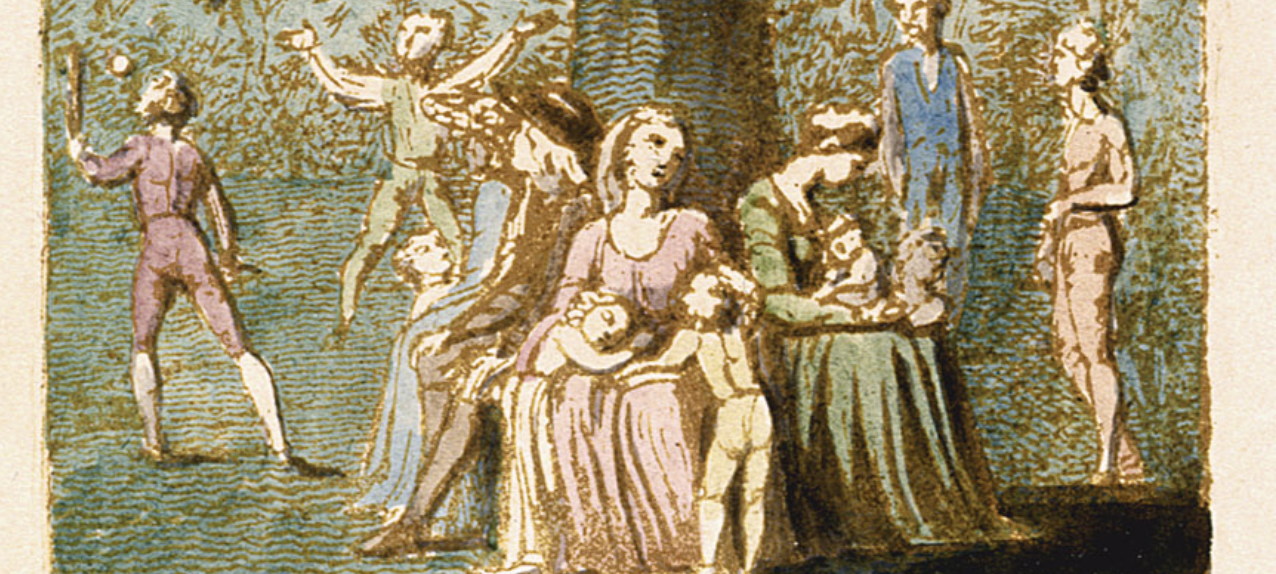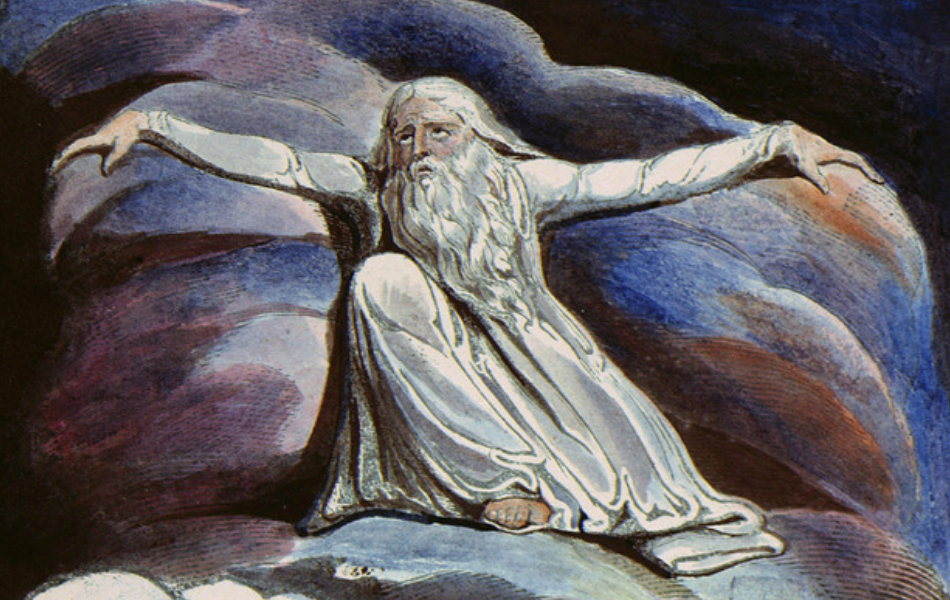We are experiencing Real Winter Weather for the first time this season, so it seems apt that BAND are about to re-visit a project that kept us occupied last time the snow fell and the mercury plummeted: Blake’s marginalia.
As Lisa discussed last winter, one of the projects that we have yet to tackle fully is the annotations that Blake made in books from his own collection, a unique and challenging combination of a manuscript and a typographical work. This week, we’ll be holding the first meeting of Team Marginalia, a similar kind of working group as Team Color Code, who will be focusing on the specific problems that this kind of work poses.
Of course, neither paper nor digital editions of various people’s marginalia are anything new, and exploring the sheer variety of different ways that this kind of object can be re-presented for a new reader is one of the early goals of Team Marginalia. I want to share two projects now, one that comes under the broad heading of “scholarly,” and another that is more of a Valentine to the book as object.
Melville’s Marginalia makes the argument that a deeper understanding of the author’s reading habits can only increase “our knowledge of his intellectual and aesthetic development.” Accordingly, users can browse high-quality page images of entire books, using an accompanying menu to locate any markings that Melville made on the page. These marks are described, for example “pencil checkmark” or “annotated,” further helping a user to navigate the volumes. More curious Melville fans can take a closer look at erased inscriptions or, in some cases, access a transcription of his annotations. I found it a little hard to actually get into the available books so that I could just browse pages, but once I was there, things became surprisingly intimate. As I flicked digitally through Melville’s copy of Matthew Arnold’s New Poems, I felt rather moved when I noticed the square brackets drawn around two lines from “Growing Old,” but then irrationally disgruntled when no annotation appeared around my own favourite moment from “Rugby Chapel.”
The Pages Project is the brainchild of a designer who worked on an early version of the Kindle, and after inheriting his grandfather’s library, also developed a love for the “unique qualities of the book as a physical object.” The project argues that the way that we can mark up individual paper pages adds depths of meaning to the reading experience for future readers and, significantly, that the inscriptions of “ordinary people” are interesting and valuable. The site is image-based and new pages are simply uploaded by users. The only editorial information provided is the title and author of the original text, the page number that the annotation appears on, and some brief notes from the contributor. However, what makes this site compelling is the anonymity of the annotator. We believe that Melville’s annotations are significant because we lay great store by his intellectual and artistic achievements, and by that same note, I want to believe that the thinking behind that drawing a comet (or is it a pair of flared trousers?) around the word “No” on p. 85 of Camus’s The Stranger is similarly compelling. The lack of knowledge about the mysterious annotator only adds to the fun: are we seeing the work of a bored student doodling in class? Or maybe this book used to belong to whoever the next big star of Camus Studies is going to be? Who knows? But that really is the pleasure of spending some time with this project.

In an ideal world, it would be wonderful to present Blake’s marginalia in a way that combines these two approaches, uniting academic rigor and the delight of a collector. We’ll keep you posted on our progress!






